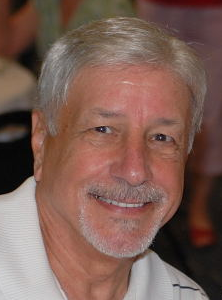Bill Jones
Proud Veteran

Trustify Me
Please visit my other blogs
Tactical Flashlight
100 Parks 5000 Ideas
Camper Awning Solar Lights Portable – 6 Piece
My Amazon T-Shirts
https://www.amazon.com/s?rh=n%3A7141123011%2Cp_4%3AMy+Adventures+Co.&ref=bl_sl_s_ap_web_7141123011
** Would you like a personalized T-Shirt? Let me know, I can do it for same price.
My Gearbubble Store
My Candles
https://www.gearbubble.com/vanlifecandle
** Would you like a personalized candle? Let me know, I can do it for same price.
My Etsy Store
https://etsy.com/shop/checkmymugs
** Would you like a personalized mug? Let me know, I can do it for same price.
Archives
- May 2025
- March 2025
- November 2024
- September 2024
- May 2024
- March 2024
- December 2023
- November 2023
- September 2023
- August 2023
- June 2023
- February 2023
- December 2022
- September 2022
- July 2022
- May 2022
- March 2022
- December 2021
- August 2021
- July 2021
- June 2021
- April 2021
- March 2021
- February 2021
- January 2021
- December 2020
- November 2020
- October 2020
- September 2020
- August 2020
- July 2020
- June 2020
- April 2020
- March 2020
- February 2020
- January 2020
- December 2019
- October 2019
- September 2019
- August 2019
- July 2019
- June 2019
- May 2019
- April 2019
- March 2019
- February 2019
- January 2019
- December 2018
- November 2018
- October 2018
- September 2018
- July 2018
- June 2018
- May 2018
- April 2018
- March 2018
- July 2017
- April 2017
- January 2017
- December 2016
- October 2016
- September 2016
- August 2016
- July 2016
- June 2016
- April 2016
- March 2016
- February 2016
- January 2016
- November 2015
- October 2015
- September 2015
- August 2015
- May 2015
- April 2015
- March 2015
- February 2015
- January 2015
- December 2014
- November 2014
- October 2014
- September 2014
- August 2014
- July 2014
- May 2014
Categories


